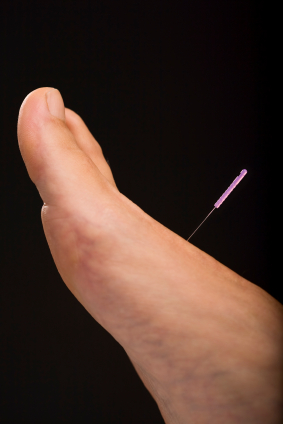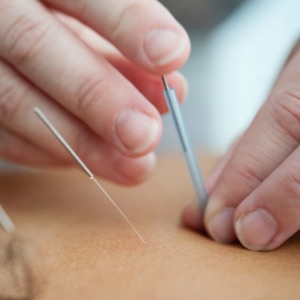Ask the Acupuncturist

Question: If I have knee pain, how come my acupuncturist doesn't always put needles in my knee? And why does it still work?!
Answer: There are many different ways to treat a problem with acupuncture. In the case of pain, often times, there are several different kinds of treatment your acupuncturist can use to treat it. The trick is finding the right method for the right patient. Each patient with knee pain, for instance, has a different history--where the pain is located, where it came from, and how long they've had it. Knee pain from arthritis can be treated differently than knee pain from an injury. Hence, different treatment styles have been developed over the centuries to account for these different etiologies.
It sounds like your acupuncturist has found a treatment protocol that works for you! Needling in other parts of the body, instead of where the pain actually is, is a technique used to draw inflammation and stagnation away from the area; coupling these kind of "anti-inflammatory" points with other points specifically for pain, or for pain on a specific channel or meridian, your acupuncturist has created a balanced treatment that addresses the root of the problem and its manifestation.
Of course, other techniques can be used, too. Depending on the presenting signs and symptoms of each patient, acupuncture points can be chosen directly on the site of pain. But we'll always add 'distal' points, or points farther away from the site, to balance the treatment. And regardless of the treatment, we use distal points for many reasons: to strengthen the person with a weak constitution, to loosen tendons and ligaments, or increase blood flow to the painful area. Each acupuncture point on the body has specific functions and we incorporate these functions based on the needs of the individual.


